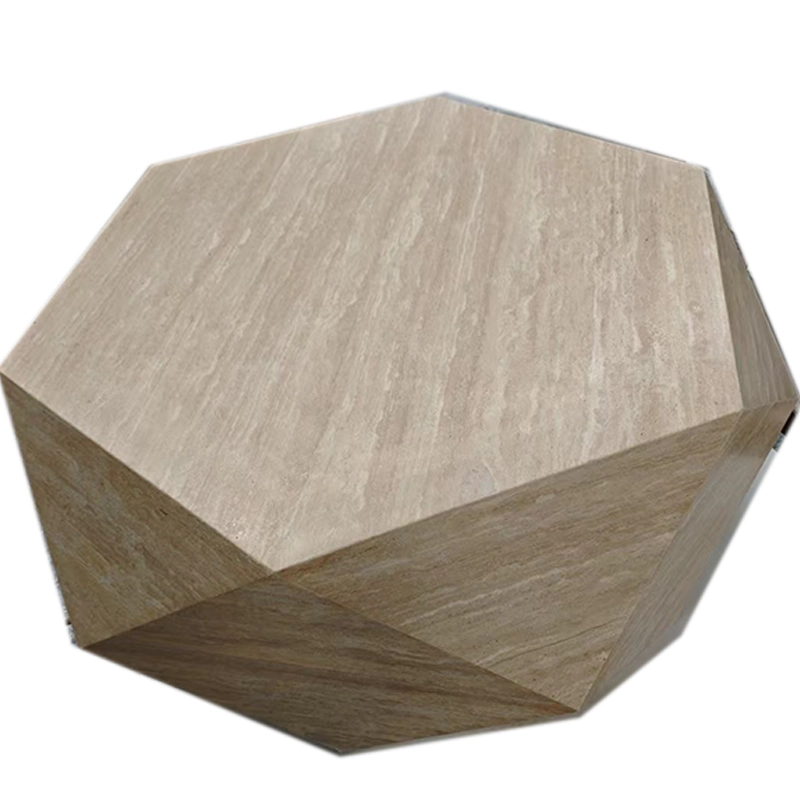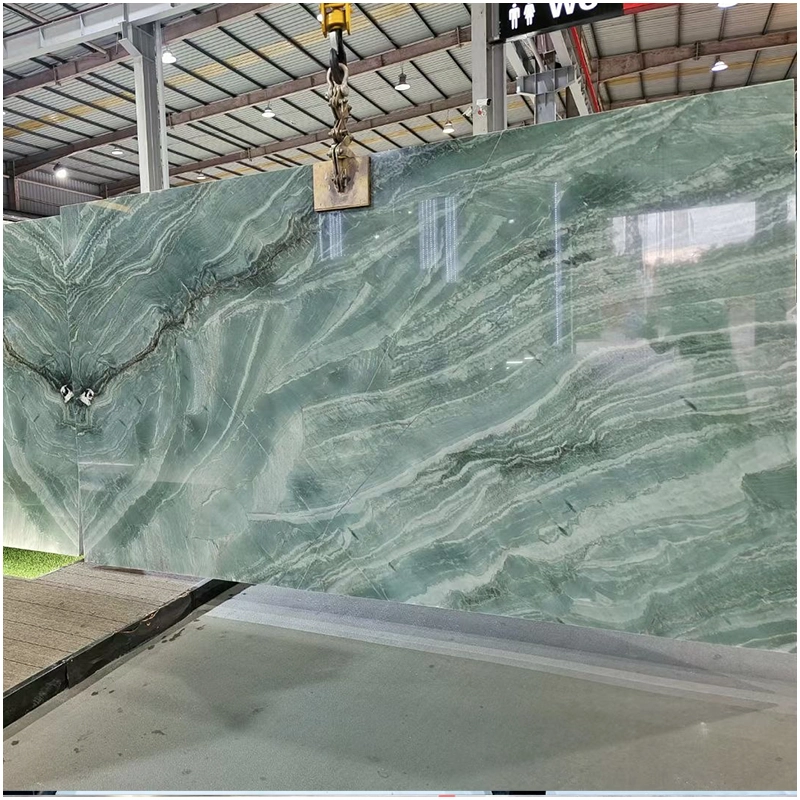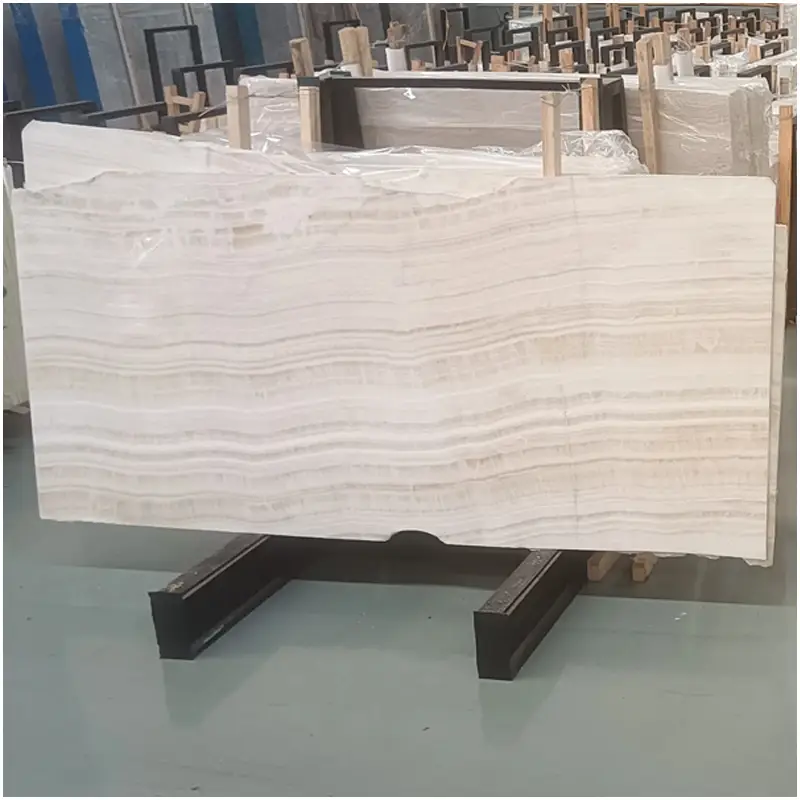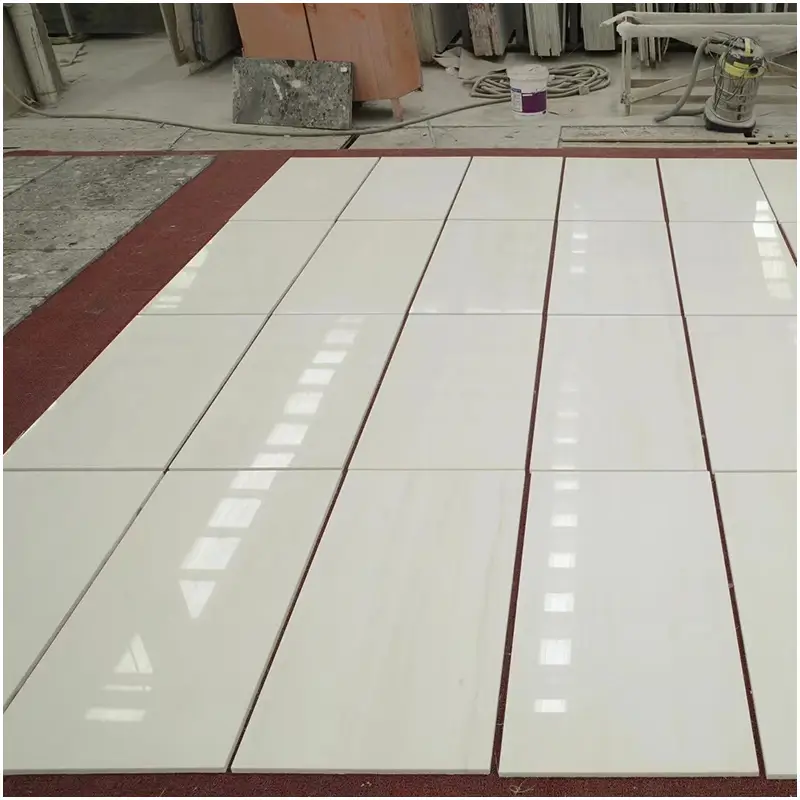Both natural and quartz marble are highly prized materials for interior design and architecture; each has special qualities that influence their fit and attractiveness in different uses. Both discriminating customers and designers depend on an awareness of the variations in material qualities between natural marble and quartz marble. We investigate the variations between quartz marble and natural marble in terms of hardness, stain resistance, chemical endurance, thermal stability, color possibilities, and textures, and thus learn their relative benefits and considerations for interior design.

Material properties of quartz marble against natural marble
Created from a resin binder and quartz crystals, quartz marble is very different from genuine marble in several important respects. While quartz marble is a manufactured product combining crushed quartz with resins and colors to create a durable and flexible material, natural marble is created by a geological process including the metamorphosis of limestone. Their composition and development define them mostly, which influences their physical qualities and performance in various surroundings.
Quartz Marble Stain and Chemical Resistance
Excellent stain and chemical resistance of quartz marble is one of its salient qualities. Because man-made quartz has a non-porous surface, it is quite resistant to stains from coffee, alcohol, oils, and acids that can compromise genuine marble. Especially in high-traffic areas like kitchen counters where spills commonly occur, this natural resistance increases lifetime and simplifies maintenance. Furthermore, the chemical resistance of quartz marble guarantees it keeps its natural look without requiring special cleaning agents or heavy sealing.
Natural marble, on the other hand, has a porous structure that lets stains and corrosion from acidic foods and drinks easily pass through. Although sealing can help to some extent with these flaws, constant maintenance is necessary to maintain its attractiveness and stop discolouration. Quartz marble is a top choice for homeowners and designers looking for low-maintenance finishes with great stain resistance since it provides peace of mind and great adaptability in demanding surroundings.
Abrasion resistance and hardness: the Quartz Marble Advantage
In terms of hardness and abrasion resistance, quartz marble is better than real marble; both qualities are vital for its lifetime and durability. Usually ranging from 6.5 to 7.0, man-made quartz has a Mohs hardness value higher than that of natural marble. Quartz marble is the perfect choice for daily wear and tear surfaces since its great hardness increases resistance to scratches, abrasions, and impact damage.
Natural marble, on the other hand, has a lower Mohs hardness usually between 3 and 4 even if it is appreciated for its opulent look. To preserve its polished look, its softer composition makes it more vulnerable to scratches and surface damage over time so cautious handling and maintenance is necessary. For uses like flooring and heavily used countertops where durability is paramount, quartz marble’s increased hardness provides major benefits in terms of preserving structural integrity and beauty.
Long-Term Durability and Thermal Stability of Quartz Marble
Excellent thermal stability of quartz marble lets it resist extended high temperature exposure without sacrificing its structural integrity or look. Perfect for kitchens where hot pots, pans, and cooking utensils are often used, engineered quartz counters can resist temperatures up to 150°C (300°F) without warping or discoloration. This heat resistance guarantees dependability and longevity, therefore enhancing the appeal of quartz marble as a useful and fashionable alternative for cooking surfaces.
On the other hand, although being naturally cool to the touch, natural marble is more susceptible to heat and could discolor or cause thermal shock in very high temperatures. Especially in kitchens and areas exposed to direct sunshine, careful use of a trivet or heat pad is advised to guard natural marble surfaces from heat damage. Although both materials look great, homeowners looking for a durable, low-maintenance surface to tolerate daily cooking activities and environmental elements would find extra peace of mind from quartz marble’s better heat resistance.
Colors and textures help to shape interior design style.
Because quartz marble comes in so many colors and textures, it is more flexible in uses in interior design. By means of tinting throughout the production process, engineered quartz manufacturers provide a spectrum of colors ranging from subdued neutrals to strong statement tones. Textures range from current attractive matte surfaces to polished finishes that replicate the luster of natural stone.
By comparison, depending on its mineral makeup and geological development, natural marble has a more restricted variety of colors. Marbles like Carrara, Calacatta and Emperador, which have unique vein patterns and tones of white, grey and beige, are sought for their classic elegance and natural beauty. Natural marble’s distinctive veining and color variances appeal as a rich material in classic and traditional homes.

Quartz marble and natural marble are compared to show their special features and fit for many design tastes and functional needs. When durability and low maintenance are top concerns in both home and business settings, the designed composition of quartz marble provides outstanding stain resistance, hardness and thermal stability. Conversely, given its distinctive veining and classic style, the natural marble’s intrinsic beauty and ageless appeal still ring true in architecture and interior design.







